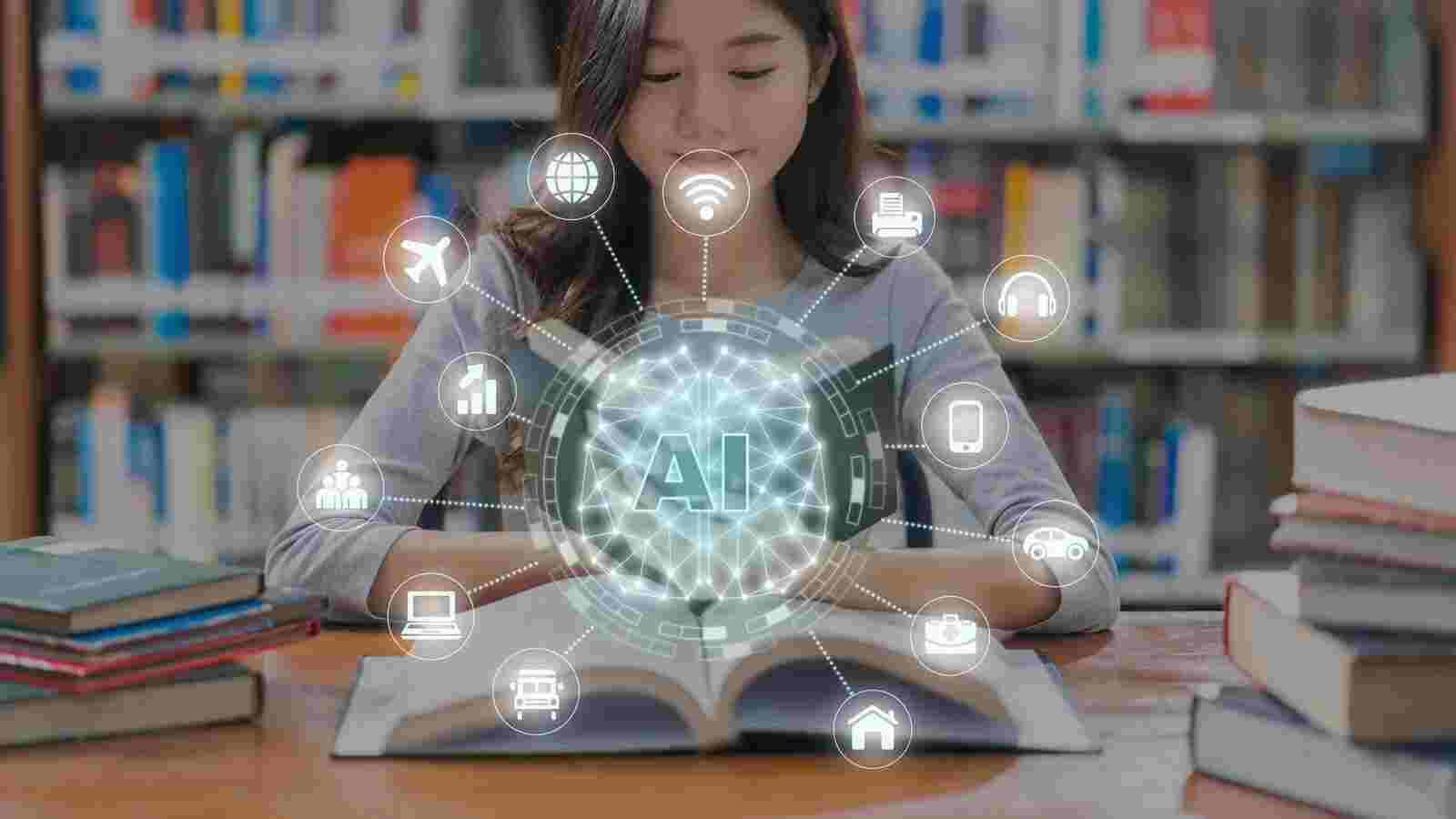Education is undergoing rapid transformation as traditional, one-size-fits-all schooling increasingly fails to meet the evolving needs of students, parents, and society. Why Schools Are Moving Toward Nontraditional Learning Models is no longer a question but a movement, especially in 2025. Environments that offer more flexibility, personalized pacing, technology-rich experiences, and whole-child support are being embraced by many schools to foster engagement, equity, and readiness for complex futures.
Drivers Behind the Shift to Nontraditional Learning Models
In 2025 the shift is driven by growing recognition that standard models often overlook individual learning styles and wellbeing. Many parents and students now demand educational options that adapt to their lives rather than adjust lives to the school schedule. Technology, especially online, hybrid, and adaptive platforms, has matured to support scalable change. Schools are responding also to policymaker pressure for more inclusive education, mental health considerations, and alignment with job-market skills including creativity, problem solving, collaboration, and tech fluency.
Key Features of Nontraditional Learning Models in 2025
Nontraditional learning models often include personalized learning pathways so each student moves at a pace suited to their needs. Flexible scheduling allows hybrid or remote components and self-paced or modular content delivery. Assessment shifts from standardized tests toward portfolios, projects, peer evaluation, and narrative feedback. Class sizes tend to be smaller or use mixed-age grouping to promote peer learning. Technology is used for adaptive content, virtual collaboration, real-world simulations, and learning analytics. Social and emotional learning, wraparound supports, and mental health are built into school cultures.
Benefits for Students, Teachers, and Communities
Students benefit from greater engagement, autonomy, reduced stress, and learning that aligns with their interests and future opportunities. Teachers can experience more creative roles as facilitators rather than solely lecturers, more flexibility and job satisfaction, and opportunities to use varied pedagogical tools. Communities gain when education becomes more equitable, when schools partner locally, and when learners are better prepared for workforce demands and civic involvement. Nontraditional models can also reduce dropout rates and better serve diverse learners, including neurodiverse or differently-abled students.
Challenges Schools Face When Adopting Nontraditional Models
Transitioning requires investment in training, curriculum redesign, infrastructure for technology, and systems for alternative assessment. Funding can be uncertain. Measuring outcomes in nontraditional settings can be complex. Some stakeholders including parents, policy makers or accrediting bodies may be skeptical or anchored in traditional expectations. Ensuring equity so that all students have access to nontraditional options regardless of geography or socioeconomic status remains a significant hurdle.
Recommendations for Schools Embarking on Nontraditional Paths
Begin by piloting nontraditional elements such as flexible scheduling or project-based learning in certain grades or cohorts. Engage stakeholders—students, parents, teachers—in designing models so that they are responsive to local needs. Invest in professional development for teachers in facilitating nontraditional learning, technology use, and assessment alternatives. Use data and feedback loops to adjust and refine the model. Secure partnerships for supports in mental health, career readiness, community engagement, and resources.
Innovations & Case Studies Demonstrating Success
Examples show microschools where small cohorts thrive through personalized learning and peer mentorship. Hybrid and online learning platforms that blend in-person and digital experiences are growing. Project-based, experiential, and challenge-based learning are being adopted to bridge academics with real-world applications. Schools offering flexible attendance or modular schedules report improved wellbeing. Some alternative models are partnering with local industries to give students internships and career pathways alongside academic credentials.
For More Info https://bi-journal.com/why-schools-are-moving-toward-nontraditional-learning-models-2025/
Conclusion
Why Schools Are Moving Toward Nontraditional Learning Models in 2025 is not simply a trend but a response to critical demands for flexibility, inclusion, and relevance. By embracing models that centre student needs, integrate technology, reassess assessment, and support whole-child development, schools can better prepare learners for uncertain futures. Those who resist change risk disengagement, inequity, and irrelevance in a world that is evolving fast.

